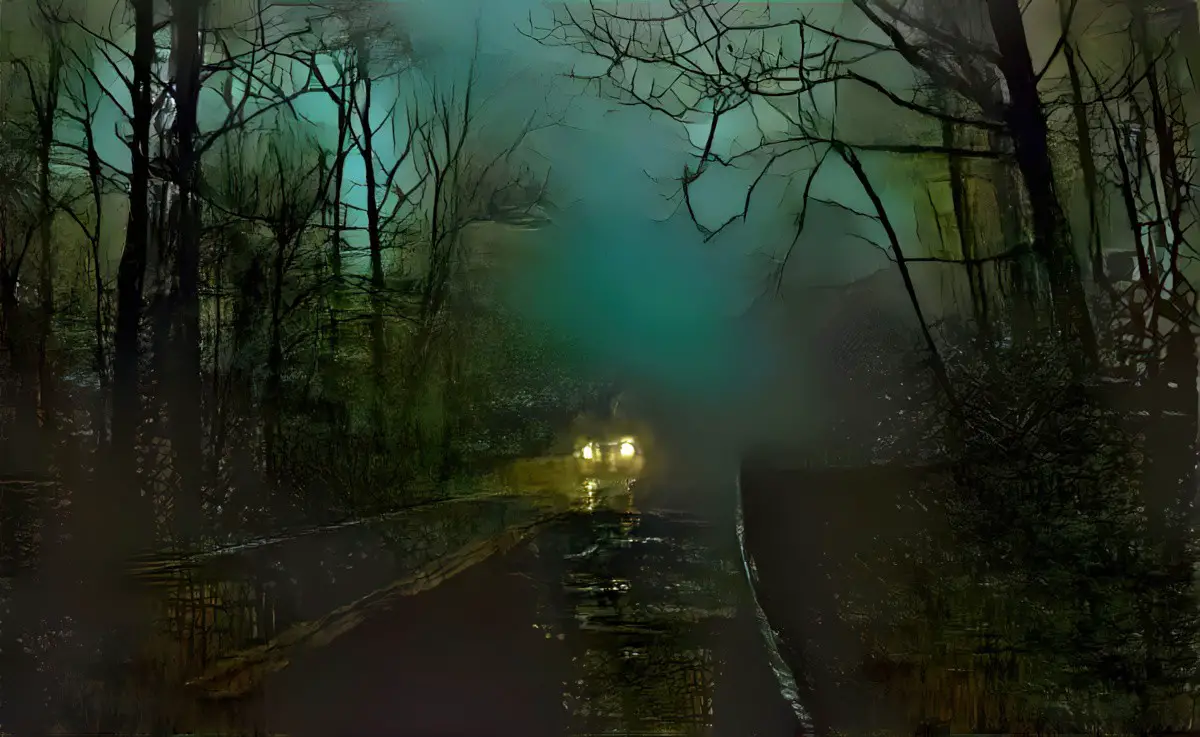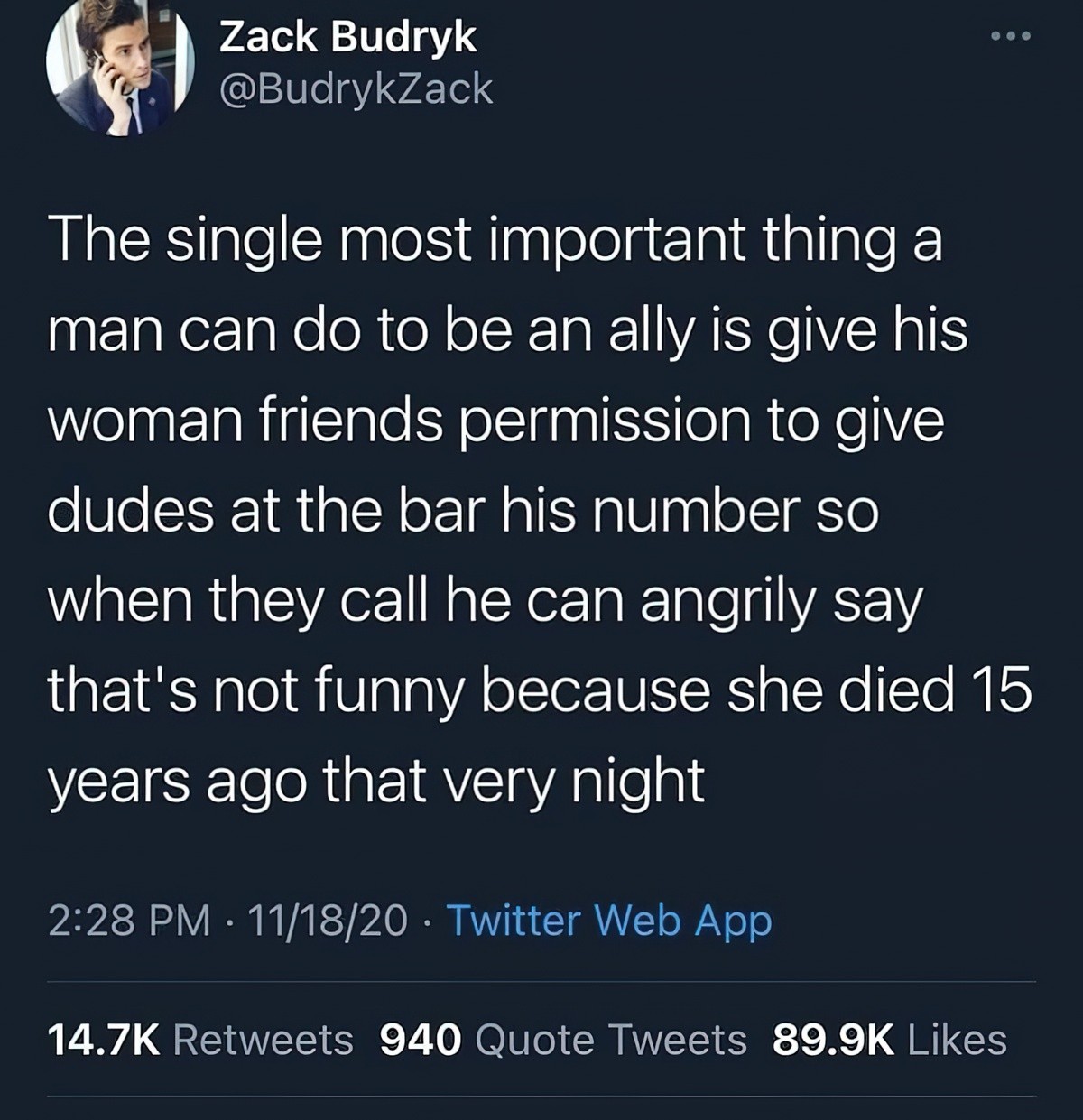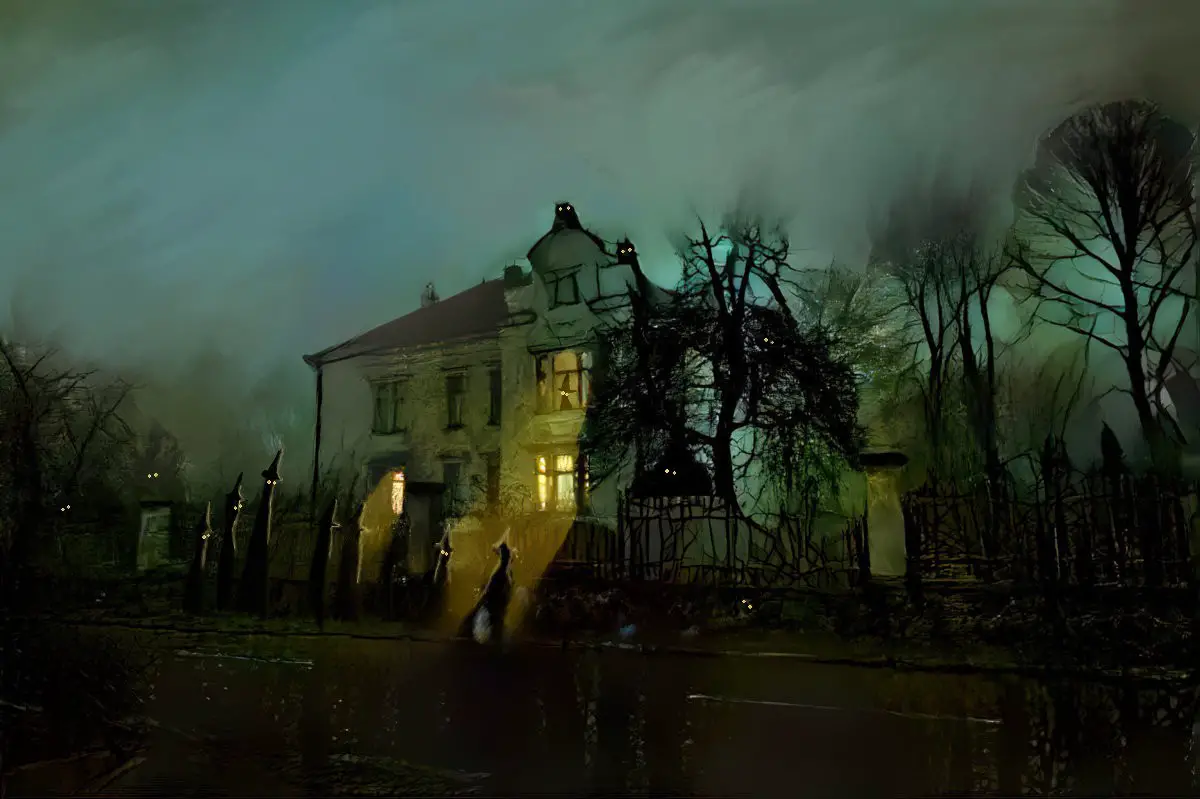AIM: Students will create an original story as an homage to a classic urban legend.
Teenage girls really enjoy this one. Make sure you pick the right group of kids to do this with. (And the right school.)
Note: It is tempting for students to rewrite the same old legend. You may find it works better for students to write a short excerpt only, as practice using language rather than practice structuring plot. Or you may specify that the ending must be different. Even better, the more creative students will come up with their own, original legends. That’s ideal. The others, at least, have somewhere to start and can’t moan about not having any ideas.
2 HOURS + HOMEWORK TIME or 3 HOURS IN CLASS
MATERIALS: A class set of urban legends. (About 10 different legends for a class of 30.)

A short urban legend of the horror genre. These are readily available on the web. See Snopes.com for some great examples. These are American, and may need to be picked more judiciously outside America, as some are more popular internationally than others. I like:
Like any good writing teacher (!), I have done this exercise myself. I wrote a short story based on The Vanishing Hitchhiker. It was published in Eclecticism ezine, Issue #11, and is available for free here. During the rewrite, I took out the supernatural elements. I also rewrote The Babysitter urban legend with an Aotearoa-New Zealand setting.
You might also use Jeffrey Archer’s “Never Stop On The Motorway”. I’m not sure if he wrote that story based on the Killer In The Backseat urban legend, or if the urban legend came about because of Archer’s short story.
A short excerpt from the horror story
Creepy background music. I like Creepy Music Box, Creepy Dolls, Creepy Organ Music, Behold the Darkness, A bizarre jingle bells remake, O Willow Waly, the sound of rain and thunder, Sounds of Horror. (I’m sure you’ll find your own favourites on YouTube.)
LESSON ONE
Teacher reads a short horror story.
Class brainstorms what sort of things scare them.
Individuals may share any experiences they have had where they felt scared. (Teacher start by talking about own experiences). Talk in pairs. Share the best ones as a class.
Show on an interactive whiteboard an excerpt from Horror Story. Teacher leads a discussion of the language (short sentences at point of climax, emotive language, structure of an urban legend).
Near the end of the first period, teacher distributes Urban Legends to individuals. Individuals read in silence without talking to next door neighbour. They are given guidelines about how to write a short story based on the legend:
- You can rely on as little or as much material in the urban legend given to you as you like.
- You can change any detail and add any detail to make it a better story.
- You can choose to make the ending positive or funny but it must aim to make the readers scared.
- One part of the story must contain a very descriptive atmosphere that makes the readers’ hair stand on end. You must make use of all five senses:
- Sight
- Touch
- Hearing
- Smell
- Taste
- You may like to include experiences you have had yourself.
- You may like to make the setting your own part of the world – not America or elsewhere.
- Include at least one scary character.
- Decide before you begin whether you are going to write in first, second or third person.
LESSON TWO
While listening to atmospheric music (or not) students write their own story.

Related Links
For indepth discussions of all things supernatural, you might try listening to the Mysterious Universe podcast, produced by two guys in Sydney who are on the zeitgeist of urban legend creation. Bear in mind that their podcast is completely unscientific and made for entertainment. (Many of us continue to find ghost stories entertaining even though we don’t actually believe in ghosts… an interesting phenomenon in its own right.)
The creators Benjamin Grundy and Aaron Wright get so caught up with their research at times that they freely admit to half-believing their own spin. Anyway, there is more than enough material out there upon which to base a modern urban legend, and Mysterious Universe is a collection of the most bizarre in any given week here on Earth.
My favourite podcast of theirs is the one about the ‘Greys’: aliens who are actually robots programmed long, long ago by a highly evolved species in a distant universe… Anyway, have a listen to that if you’d like an hour of mind boggling entertainment. Their expert, Nigel Kerner, is the most eccentric interviewee I’ve ever had the privilege of listening to.
And then, after this is all done, you might want to listen to the Skeptic Check series of podcasts produced by SETI as part of the Are We Alone? series. These podcasts include a healthy dose of skepticism, and revel in scientific geekiness.
This lesson would lead very nicely to a unit in Advertising, I always think. And much discussion about skepticism and hype and spin and email hoaxes and refusing to believe everything you hear. As part of this discussion you might actually go back to the Mysterious Universe podcast, for a very interesting (and scientific) discussion with Professor Christopher Bader and Professor Joseph Baker, authors of Paranormal America, about why humans continue to believe in paranormal stories, even today.
I hope you have as much fun with this as I did.

